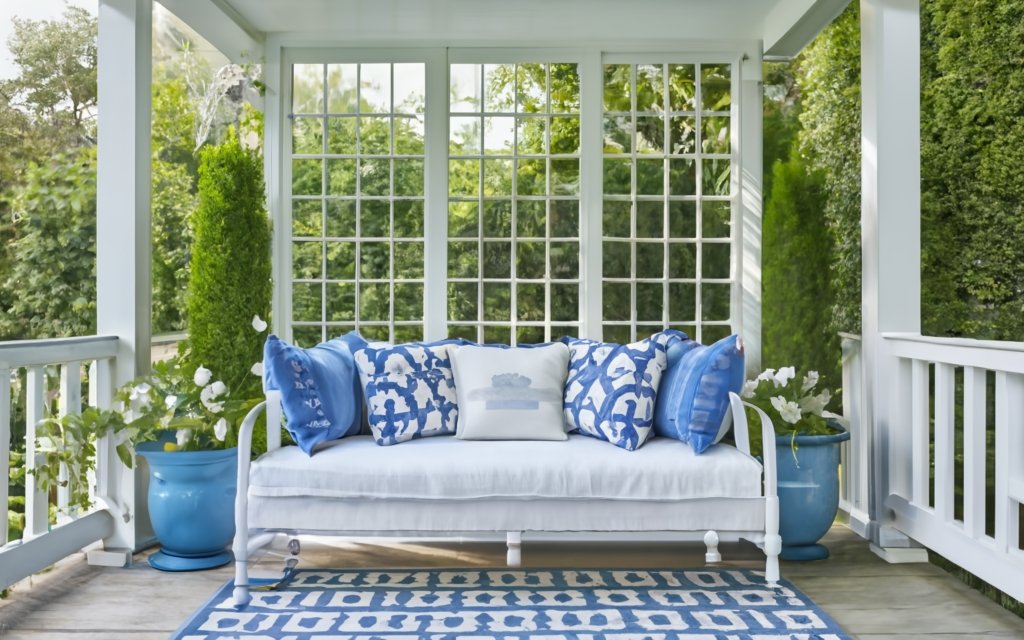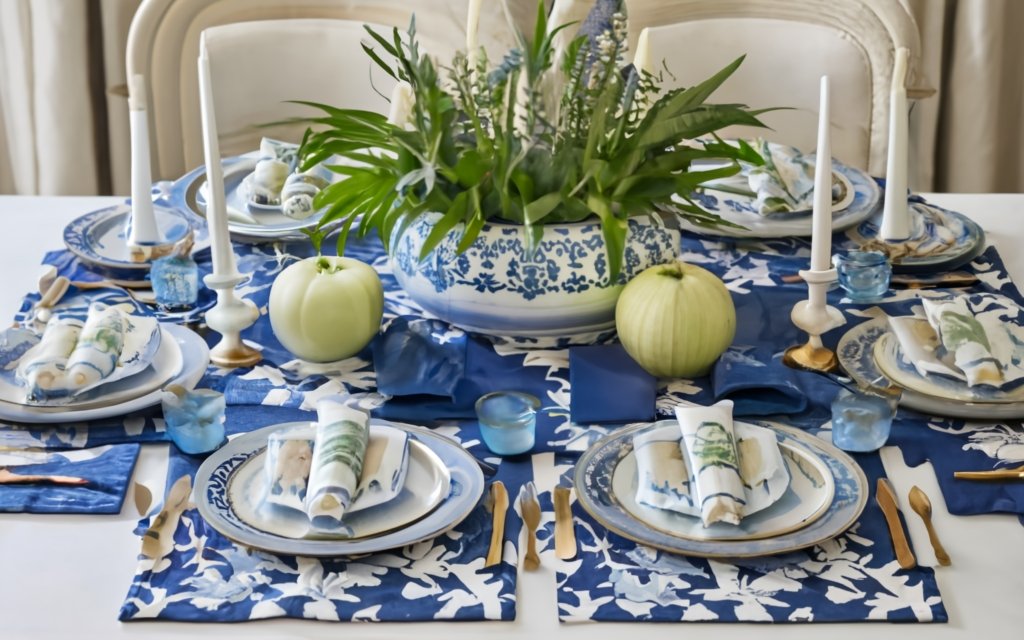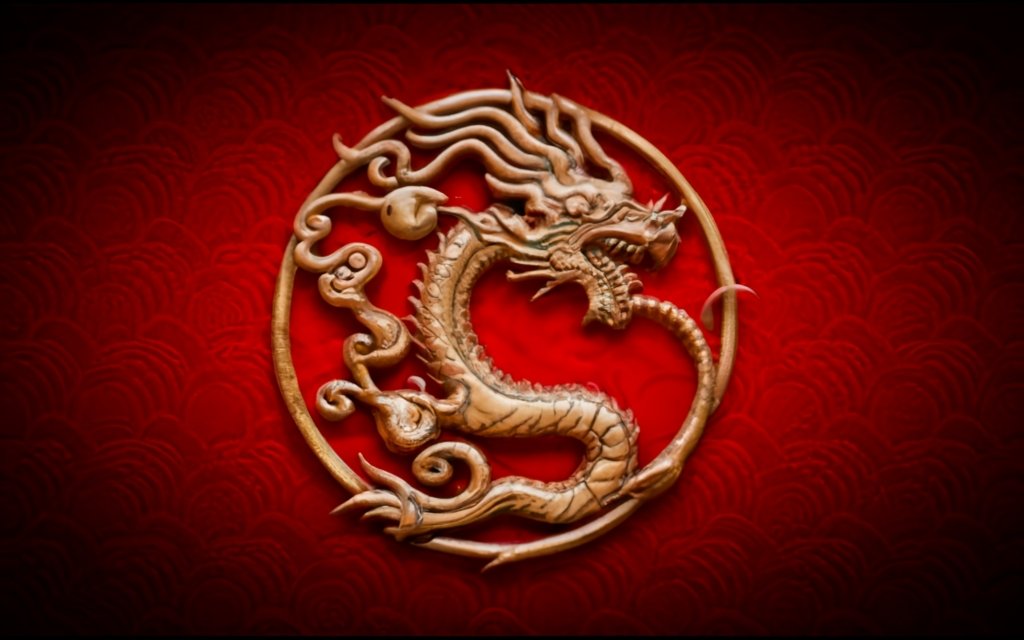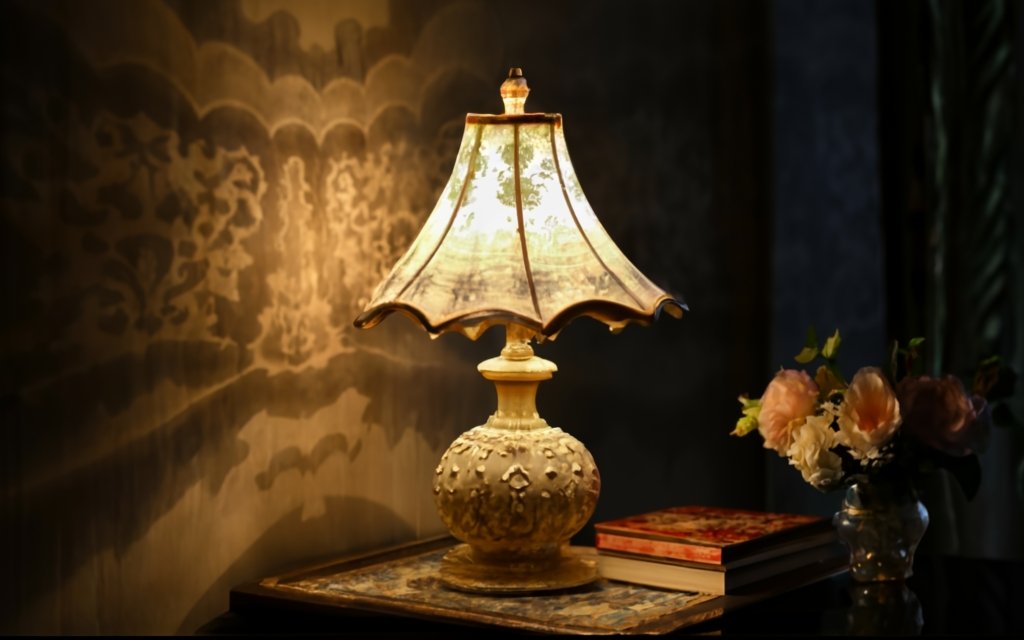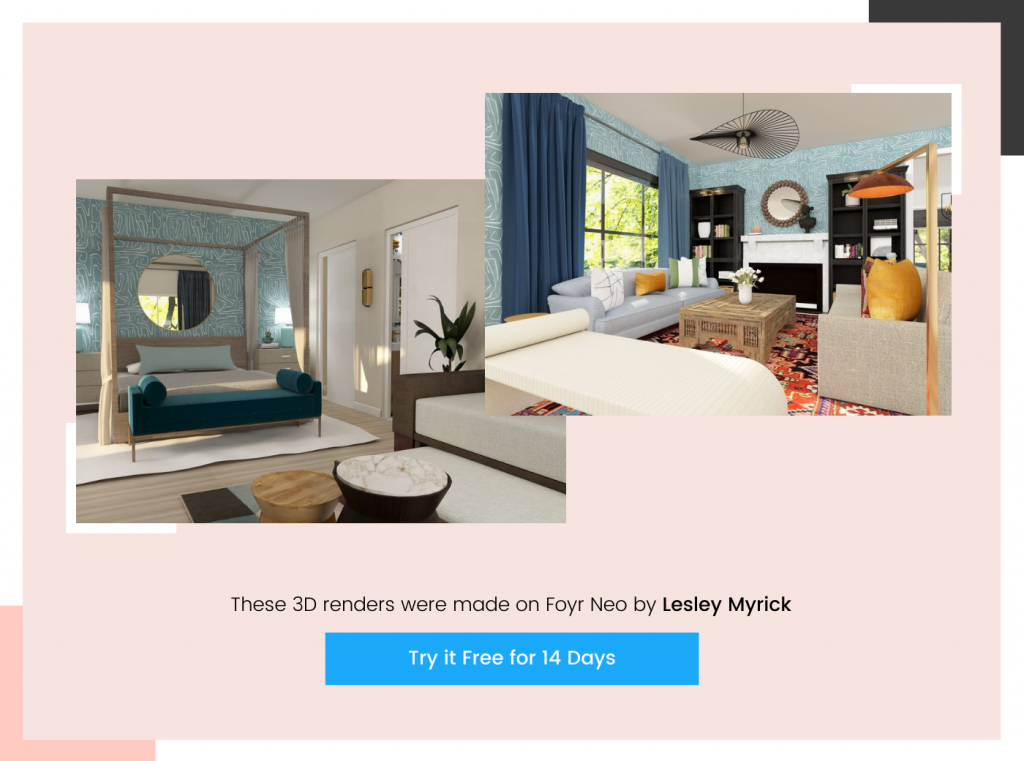Table of Contents
Learn » Design Ideas & Inspirations »
If you want to build a home that looks dreamy and every time your client’s friends and family visit it, they are transported to a different land where they feel warm, calm, and happy, or excited and vibrant with each room exuding a different vibe, incorporating chinoiserie in your design is a fantastic way to go.
Chinoiserie is a French word for European art and design inspired by an exotic vision of China. It’s a Western interpretation of Chinese art and architecture. A lot of motifs in the chinoiserie pattern would include foo dogs, dragons, pagodas, landscapes, people resting, drinking tea by the river, mountains, birds, trees, and flowers. Chinoiserie can be incorporated in porcelain, color, pattern flora, fauna, and architecture.
Intrigued? Let’s find out more about chinoiserie and a few creative ways of introducing this interior design style to your client’s home and making it a home with lots of character. Towards the end, we’ll also show you how you can visualize your next project with the right elements and design it thoughtfully with Foyr Neo.
What’s Special About Chinoiserie Anyway?
Marco Polo’s visit to the East in the 13th century started the fascination with Oriental art and the history of chinoiserie. The Chinoiserie decor trend began when Europeans were inspired by the architectural styles in East Asia in the 17th century.
Chinese porcelain was first made in a primitive form in 710 AD and then evolved between 1279-1368 AD. White porcelain with blue art has proven to be one of the long-standing accessories in the West. This combination of porcelain and ceramic design is a key element of the chinoiserie style. You can bring in blue and white vases, ginger jars, a tea set, or cutlery. As chinoiserie chic took root in Europe in the 18th century, tea became very popular as well. It also spread quickly to France, where the French loved the concept of chinoiserie craftsmanship and adopted it widely, all up to the Palais de Versailles.
That’s why chinoiserie became extremely popular as a home decor trend, so much so that even though it sort of faded away a few years ago, it has come back stronger than ever, and is still refreshing to incorporate in homes. It’s a maximalist look, relates to the Rococo style, and fits in perfectly with the grand millennial style – traditional but with a modern twist.
Read also – 6 Best Home Design Apps for House Interior Design in 2024
How Can You Include Chinoiserie in Interior Design?
1. Transform the dresser with a porcelain collection
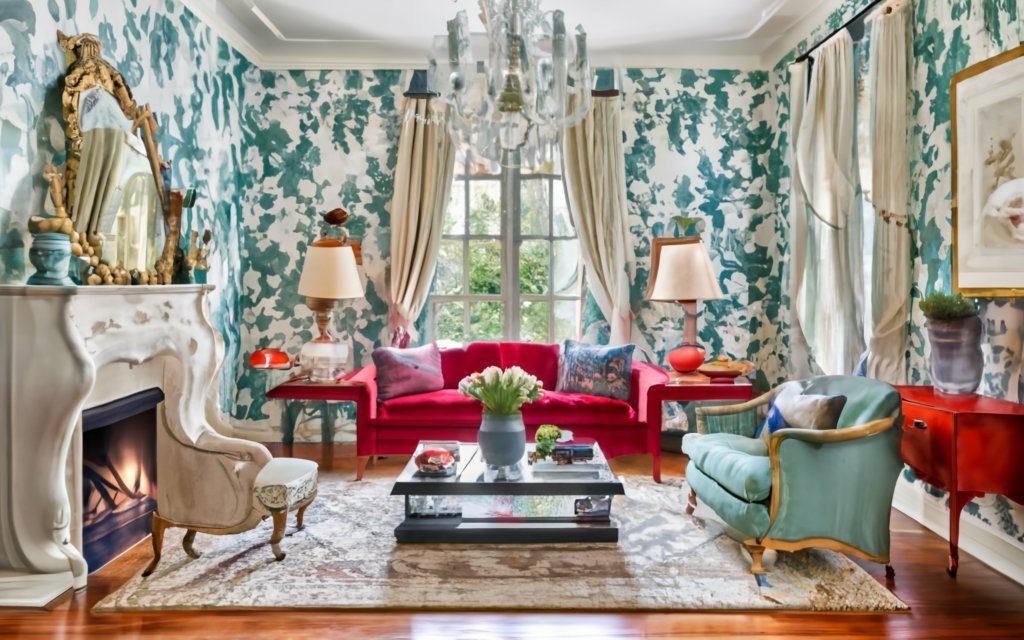
With a wide range of white and blue porcelain collections in terms of flower vases, lamps, urns, candle holders, tea sets, and small bowls, you can litter the top of the dresser with impressive chinoiserie sets and amp up the look.
2. Chinoiserie wallpaper
If you want to set a serene atmosphere in the living room where your client and their family chill after a long day at work or entertain guests for a book club meeting on a Saturday morning, you need a calming space with heartwarming and refreshing surroundings.
A chinoiserie motif wallpaper with biophilic elements like flowers, pet animals, and depictions of Chinese stories set on a mild neutral or pastel color goes easy on the eyes and gives a calming effect.
Read also – How To Design Meditation And Yoga Spaces At Home In 2024?
3. Gigantic flower vases
Help your client win their guests over by having a large flower vase on the coffee table beside the living room sofa or lounge with chinoiserie ingrained in it. You can have large faux or real flowers in it, and it automatically an eye candy for guests.
4. Hand painted wallpapers
Light green and other soothing colored wallpapers that are hand painted with chinoiserie symbols and artwork on them are amazing fits for nurseries to induce sleep, in bedrooms and wherever you’d want to set a calming ambiance. Works like a charm anywhere you install these wallpapers.
5. White daybed with blue chinoiserie pillows
Adorn the porch or backyard with a white swing, or a sofa with a white daybed, on which you can stack blue pillows, which resembles the much-loved blue-on-white chinoiserie pattern. You can add variety by incorporating different patterns in the blue pillows, and stack those of different heights and sizes as well. You can design these pillows as a DIY project. When set outdoors and paired with greenery around, they look dreamy.
Read also – What is Leed Certification: How to become a LEED certified designer?
6. Monochromatic rooms with chinoiserie themes
Pick up one major theme from the chinoiserie collection, and plan an entire room or space with variations of the theme and color. For example, if you choose the blue-on-white theme, you can go with white and blue wallpaper, dark and light blue cabinetry, dark blue ottomans, white cabinets, white chandelier or pendant lights, dark blue couch with white and light blue pillows, and silver/white metal statement wall decor pieces.
7. Pair greens with blue and white patterns
Wherever you have the classic chinoiserie pattern, you can blend in a bit of green, by way of plants, flowers, or decor items. For example, blue plates with green placemats, white and green napkins, bamboo-tipped cutlery, and blue duratuff glasses to pair with the aesthetics of the plate. Use layers in setting chinoiserie.
It’s a maximalist decor style, and when you pair it with layers, it doesn’t look overwhelming. When setting the dining table, run a white tablecloth first, and top it with a burlap runner that’s extra wide and allows you to add one more layer. Top it with a eucalyptus runner and you’re good to fine dining.
8. Bring home the dragon’s breath for good luck
The dragon is considered to be the highest celestial being in the Far East, and anything to do with the dragon brings immense good luck to the home. In the past, the dragon motifs were only adorned by the emperors of China, to turn the odds in their favor. You can get dragon’s breath in the form of jewelry, Chippendale furniture, textiles, wall decorative art, carving, or glassware. If you find it, buy it. It’s believed to bring fortune.
Read also – 20 Interesting Interior Design Facts and Statistics in 2024
9. Intricately designed cabinets and doors
One of the most tasteful ways you can bring in chinoiserie in your interior design is through the carvings on cabinet doors and doors.
A popular motif that’s usually carved on cabinets is one with ivory etched from the leaves, with a pair of peacocks, magnificent plums etched finely with the mother-of-pearl inlay and branches in brown color with intricately structured leaves.
It can be very expensive to get cabinets with this ornate Chinese design. But, you can try to get these motifs painted, or get peel-and-stick motifs. If you’re in luck, you can buy such artistic cabinets from thrift stores.
10. Ivory lamps to give the home a royal look
Lamps made purely from ivory and with fine patterns embedded in them are truly a visual treat to watch. You’ll be amazed at how the lamp is made to withstand heat from the bulb and to protect the fingers even if you touch it when it’s hot. These lamps immediately light up the room in the real sense and aesthetically.
11. Mural and wallpapers for luxury bathrooms
Chinoiserie murals and wallpapers are great for luxury bathrooms as they combine the fantasy of a foreign land with the comfort of soothing colors and patterns, and transform them into opulent far-eastern sanctuaries.
12. Subtle, serene backdrop for bedrooms
When introduced to muted tones, delicate chinoiserie designs can make the perfect backdrop for bedrooms.
Read also – How to Draw a Floor Plan & Top Mistakes to Avoid
13. Hold guests’ attention with huge murals
In grand dining rooms, add an extravagant chandelier and large bespoke chinoiserie mural wallpaper on a select few or all walls to captivate guests and hold their attention.
14. Living room furniture with lacquer designs
This style brings an exotic vibe. Get furniture upholstered with chinoiserie patterns or bring in the lacquer design to make the ends, trims, and frames artistic. It sits well with classic and contemporary styles and complements any existing styles you may have in the living room.
Where Can You Bring in Chinoiserie in Your Design? Visualize The Space And Design It With Foyr Neo
How can you visualize every space of the home and figure out where to incorporate the chinoiserie interior design trend especially when you haven’t experimented with it before?
You do it right by visualizing the space with an advanced tool like Foyr Neo.
After you get a sneak peek of the land and conceptualize how the entire home will look, here’s what you can do:
Step 1: Sign up for Foyr Neo’s 14-day trial.
Step 2: Go on to the Neo mood board and curate everything you’d love to have in the space, with photos of chinoiserie materials and accessories you find interesting.
Step 3: Create the floor plan of your dorm room on Neo.
Step 4: Choose from 60,000+ 3D decor materials and simply drag and drop them into the design.
Step 5: Get any material in any color, texture, shape, or pattern and truly customize your chinoiserie.
Step 6: View the design in 2D and 3D, from all possible angles and lighting conditions.
Step 7: Render your design in a few minutes and witness home with chinoiserie galore.
That’s all it takes! With 24/7 support and live chat, we’re here to help you if you ever get stuck anywhere. You can find tutorials on how to design on Neo all over the internet, so you’re never truly alone when you design using Neo.
What are you waiting for? Start curating your mood board for your next project and introduce heartwarming and royal chinoiserie in your design like a seasoned pro. Sign up for Foyr Neo’s 14-day free trial today.
FAQs
Opt for neutral backgrounds like whites or grays to allow chinoiserie patterns and motifs to stand out, creating a sophisticated look.
Yes, consider using smaller chinoiserie accents like porcelain vases or framed prints to add elegance without overwhelming the space.
Use strategic lighting to showcase intricate details in chinoiserie furniture or art, enhancing the visual impact within modern interiors.
Yes, choose simple and clean-lined chinoiserie pieces to complement minimalist aesthetics without compromising the overall design.
Consider incorporating chinoiserie details on furniture like lacquered cabinets, screens, or side tables to add a touch of exotic flair.










